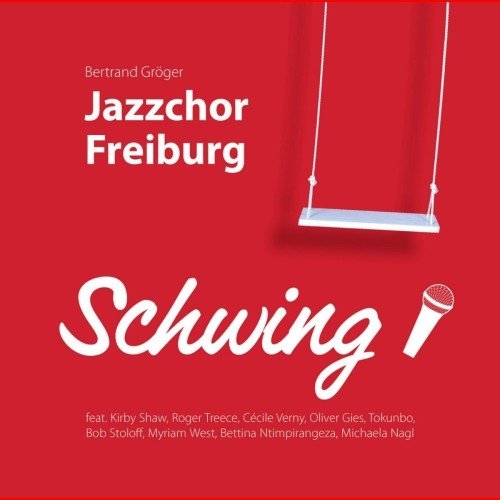Isabelle Faust - J.S. Bach - Reconstructed Violin Concertos (2000)
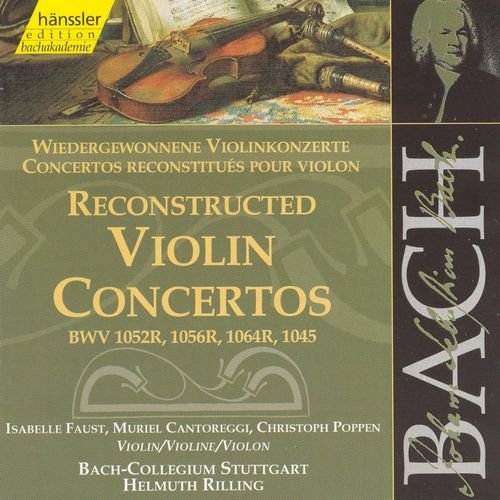
Artist: Isabelle Faust
Title: J.S. Bach - Reconstructed Violin Concertos
Year Of Release: 2000
Label: Haenssler
Genre: Classical
Quality: FLAC (tracks)
Total Time: 51:38
Total Size: 307 Mb
WebSite: Album Preview
Tracklist: Title: J.S. Bach - Reconstructed Violin Concertos
Year Of Release: 2000
Label: Haenssler
Genre: Classical
Quality: FLAC (tracks)
Total Time: 51:38
Total Size: 307 Mb
WebSite: Album Preview
1. Sinfonia
Concerto for violin, strings & continuo in D minor (reconstruction), BWV 1052R
2. 1. Allegro
3. 2. Adagio
4. 3. Allegro
Concerto for oboe (or violin), strings & continuo in G minor (reconstruction), BWV 1056R
5. 1. (Allegro)
6. 2. Largo
7. 3. Presto
Concerto for 3 violins, strings & continuo in D major (reconstruction), BWV 1064R
8. 1. (Allegro) - Christoph Poppen
9. 2. Adagio - Christoph Poppen
10. 3. Allegro - Christoph Poppen
Performers:
Isabelle Faust, Violin
Bach-Collgium Stuttgart
Helmuth Rilling (Conductor),
None of these reconstructions are included in Teldec’s Bach 2000, although the better-known ‘originals’ obviously are. The real newcomer is the Sinfonia, BWV1045 (5'34'') ‘to an unknown cantata’ which – as befits a BWV number that immediately precedes the First Brandenburg Concerto – is rumbustious, festive and thematically likeable. Time and again I could sense allusions to other Bach instrumental pieces, though the soloist’s ceaseless arpeggiating is sometimes a distraction. We’re told it’s authentic (the manuscript source suggests a violin concerto in the making) but something about its harmonic language doesn’t quite ring true, though that reaction might well be due to lack of familiarity.
This is not, of course, the first recording of the great D minor Clavier Concerto in a violin version – older alternatives include at least two by Joseph Szigeti (in A major) – but it’s well worth hearing. Scholarship tells us that much of the original may well have been conceived originally for violin. The relentless solo line tends to fall ungratefully on the ear, certainly in comparison with the keyboard version, which accommodates the music’s fiercely driving rhythms far more effectively. Granted, Szigeti infused the faster music with more expressive intensity than Isabelle Faust does here, but Faust’s relative lightness of touch is an appealing virtue.
Both the D minor and G major concertos are thought to date from Bach’s last years in Weimar, though some have questioned their authenticity. But while the violin version of the D minor is said to replicate a lost original, the G major is a transcription from the Fifth Clavier Concerto. Again, Szigeti set a recorded precedent with a fabulous pre-war 78 version of the slow movement, though Isabelle Faust’s warmly inflected reading makes as strong a case as any for hearing the entire work as a violin concerto. Unlike the D minor, the G major offers ample opportunity for the soloist to phrase expressively, with plenty of breathing space between solo and tutti. If all we’d ever known of the work was this version for violin, I doubt anyone would have questioned its authenticity.
The concerto variants commented on so far have all survived in Bach’s own hand, but not the Concerto for three violins. Here I happily confess to preferring the original. True, textures are less cluttered, there are some interesting harmonic blends in the slow movement and a spot of lively solo work towards the end of the finale (from 3'08''), but elsewhere the arrangement seems consistently to sacrifice the richer aspect of the three-clavier concerto’s musical appeal.
I’m assuming that Isabelle Faust plays all three solo works. Hanssler marks no typographical differentiation between Faust and her colleagues and the booklet gives equal pictorial and biographical weight to Christoph Poppen. Furthermore, Poppen and Muriel Cantoreggi are credited as playing BWV1064 (which is correct) whereas the track listing claims that BWV1064 is for solo violin and 1056 (in G) is for three violins (which it isn’t). All rather confusing, but not enough to compromise the musical value of a fine programme, excellently performed. Good sound, too.'
This is not, of course, the first recording of the great D minor Clavier Concerto in a violin version – older alternatives include at least two by Joseph Szigeti (in A major) – but it’s well worth hearing. Scholarship tells us that much of the original may well have been conceived originally for violin. The relentless solo line tends to fall ungratefully on the ear, certainly in comparison with the keyboard version, which accommodates the music’s fiercely driving rhythms far more effectively. Granted, Szigeti infused the faster music with more expressive intensity than Isabelle Faust does here, but Faust’s relative lightness of touch is an appealing virtue.
Both the D minor and G major concertos are thought to date from Bach’s last years in Weimar, though some have questioned their authenticity. But while the violin version of the D minor is said to replicate a lost original, the G major is a transcription from the Fifth Clavier Concerto. Again, Szigeti set a recorded precedent with a fabulous pre-war 78 version of the slow movement, though Isabelle Faust’s warmly inflected reading makes as strong a case as any for hearing the entire work as a violin concerto. Unlike the D minor, the G major offers ample opportunity for the soloist to phrase expressively, with plenty of breathing space between solo and tutti. If all we’d ever known of the work was this version for violin, I doubt anyone would have questioned its authenticity.
The concerto variants commented on so far have all survived in Bach’s own hand, but not the Concerto for three violins. Here I happily confess to preferring the original. True, textures are less cluttered, there are some interesting harmonic blends in the slow movement and a spot of lively solo work towards the end of the finale (from 3'08''), but elsewhere the arrangement seems consistently to sacrifice the richer aspect of the three-clavier concerto’s musical appeal.
I’m assuming that Isabelle Faust plays all three solo works. Hanssler marks no typographical differentiation between Faust and her colleagues and the booklet gives equal pictorial and biographical weight to Christoph Poppen. Furthermore, Poppen and Muriel Cantoreggi are credited as playing BWV1064 (which is correct) whereas the track listing claims that BWV1064 is for solo violin and 1056 (in G) is for three violins (which it isn’t). All rather confusing, but not enough to compromise the musical value of a fine programme, excellently performed. Good sound, too.'
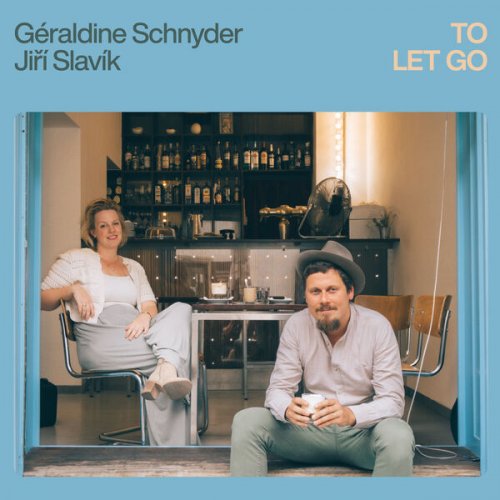
![Tomasz Stanko - Unit (Polish Radio Sessions vol. 2/6) (2025) [Hi-Res] Tomasz Stanko - Unit (Polish Radio Sessions vol. 2/6) (2025) [Hi-Res]](https://www.dibpic.com/uploads/posts/2025-12/1765796826_cover.jpg)
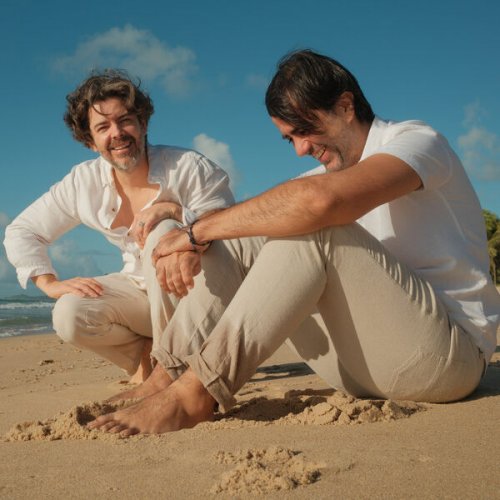
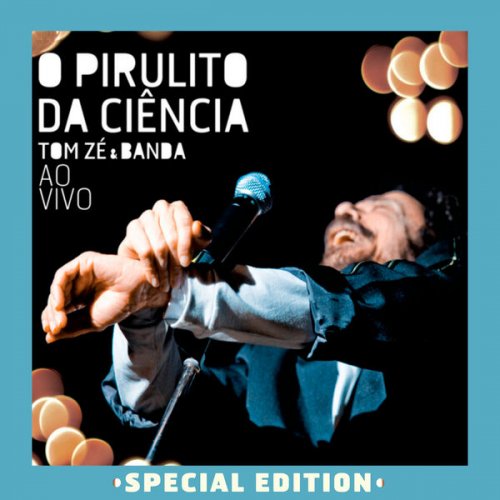
![Tomasz Stańko - Unit (Polish Radio Sessions vol. 2/6) (2025) [Hi-Res] Tomasz Stańko - Unit (Polish Radio Sessions vol. 2/6) (2025) [Hi-Res]](https://www.dibpic.com/uploads/posts/2025-12/1765790300_cover.jpg)
![Club Bolero, Armik - A Day in Brazil (2007) [Hi-Res] Club Bolero, Armik - A Day in Brazil (2007) [Hi-Res]](https://img.israbox.com/img/2025-12/15/5l607nskcv4xb0n237d8ngs7q.jpg)

![Joshua White - Flora and Fauna: 9 Preludes for Solo Piano (2025) [Hi-Res] Joshua White - Flora and Fauna: 9 Preludes for Solo Piano (2025) [Hi-Res]](https://img.israbox.com/img/2025-12/19/1w90raxdb6ohgwszk3wk3pfts.jpg)
